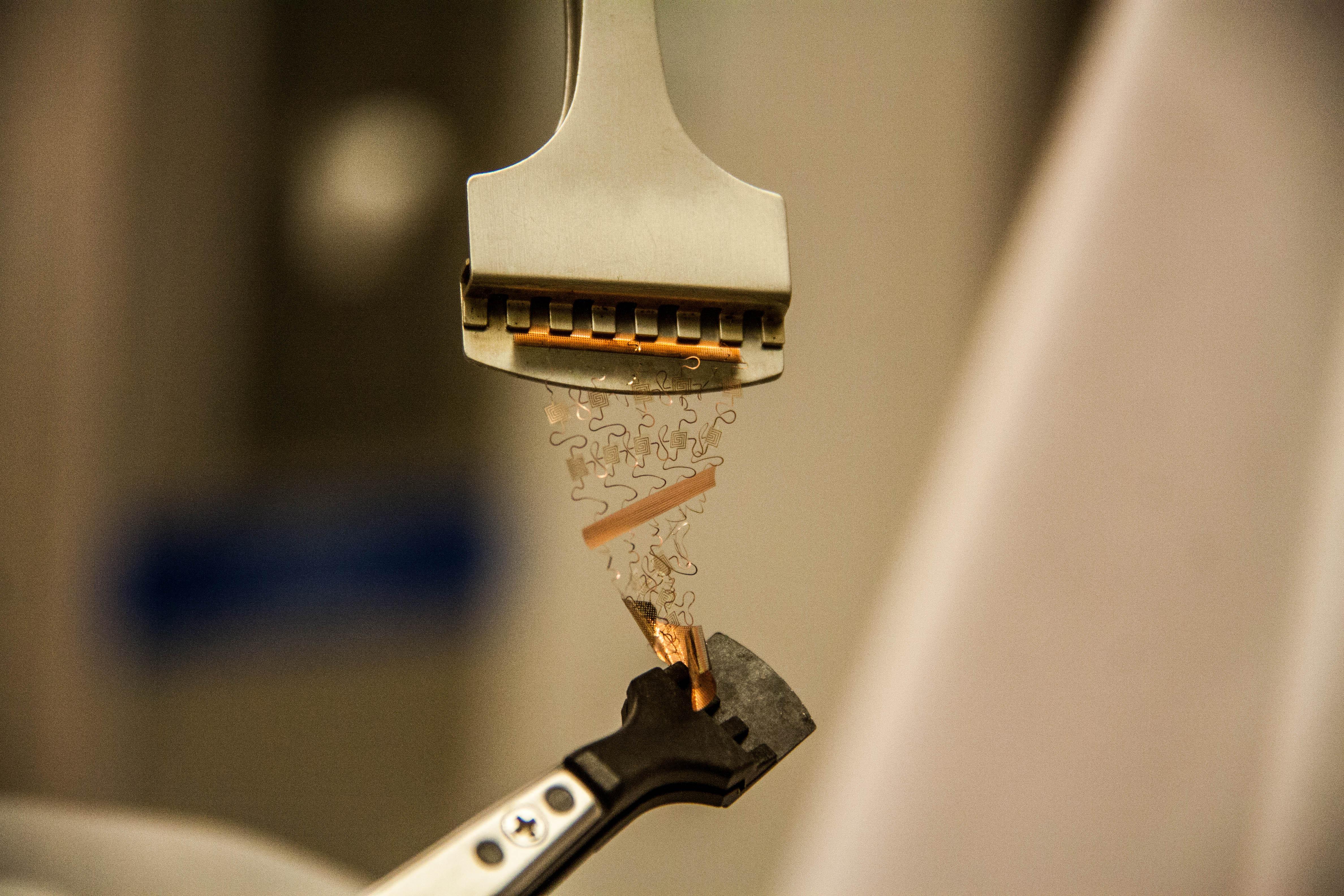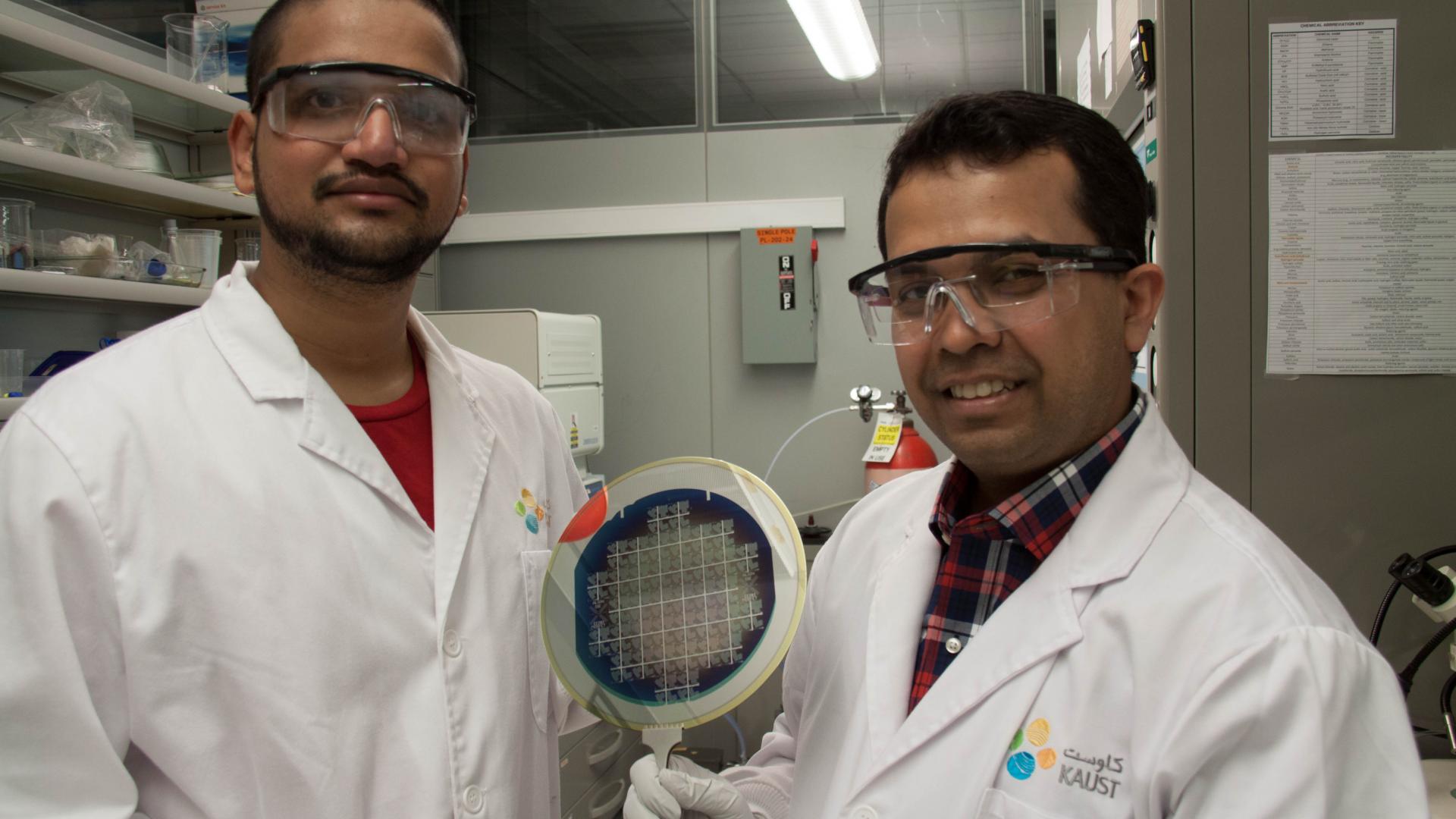In the United States, 50 million individuals, including 300,000 children, suffer from arthritis. As a treatment, they commonly use thermotherapy: chemical-based pain relief patches that ate non-reusable and have limited heating range. Moreover, thermal patches are not always suitable for children and are prone to side effects such as skin irritation, allergy. But the situation could change soon.
Muhammad Hussain, an Associate Professor in the Computer, Electrical and Mathematical Science & Engineering Division of KAUST, achieved an unprecedented result: his team developed an 800% stretchable, low-cost, a metallic thin film based on copper, that can be used as a mobile thermal heater with wireless controlling capability. The results of this research were recently published in Advanced Healthcare Materials (by Wiley-VCH) and its commercialization is expecting to dramatically decrease the cost of therapies for chronic diseases such as arthritis.
"For me, wearable electronics is the next step towards an ambient interaction of machines with humans. Finding ways to transform a therapy or a life-saving device into something easy to use is the fascinating part of our research." Hussain said. "Besides the advantages of equipment and devices that don't wear out, stretchable electronics has the potentiality to transform several clinical therapies into home-based care."
"The team began its research with the idea of developing an effective alternative to chemical heating patches commonly used in thermotherapy today. We wanted to squeeze an electronic heater, such as electric heating pads, into a wearable patch with no wires hindering people's movements," commented Aftab Hussain, one of Professor Hussain's graduate students and first author of the paper.
The result was a metallic thin film copper (Cu)-based, flexible, non-invasive, that could be tuned to achieve the desired amount of heating based on the temperature of the swollen portion. More importantly, it can also change the size due to stretchability making it usable for various locations on our skin. Due to the low-cost of the complementary metal-oxide-semiconductor (CMOS)-compatible integration, the patch is reusable over and over again, making thermotherapy affordable.

"Although thin film-based thermal heaters have been extensively used for other purposes, their use on the human body has been restricted due to their natural rigidity and limited stretchability. Therefore, it was essential to develop stable electronic devices that retain their electrical and thermal properties upon application of large strains (>100%) for hundreds of cycles. Since most known material systems in use in electronics are not inherently stretchable, the innovative design concept was needed to make them compatible with large deformations." concluded Muhammad Hussain.
The electronic patch is expected to have major impacts on national health expenses and in those parts of the world where the majority of the population does not have access to life-long pain therapies.

